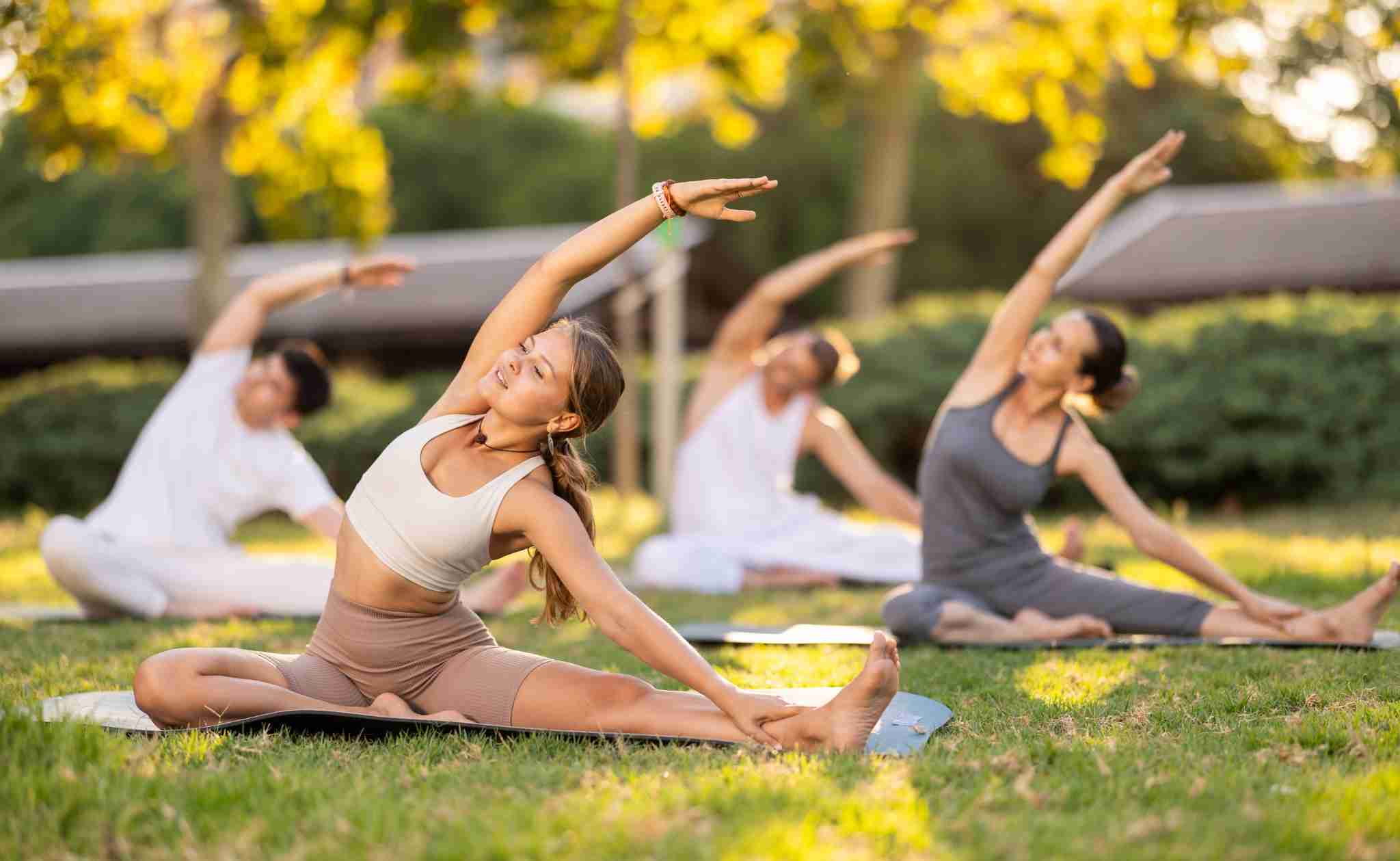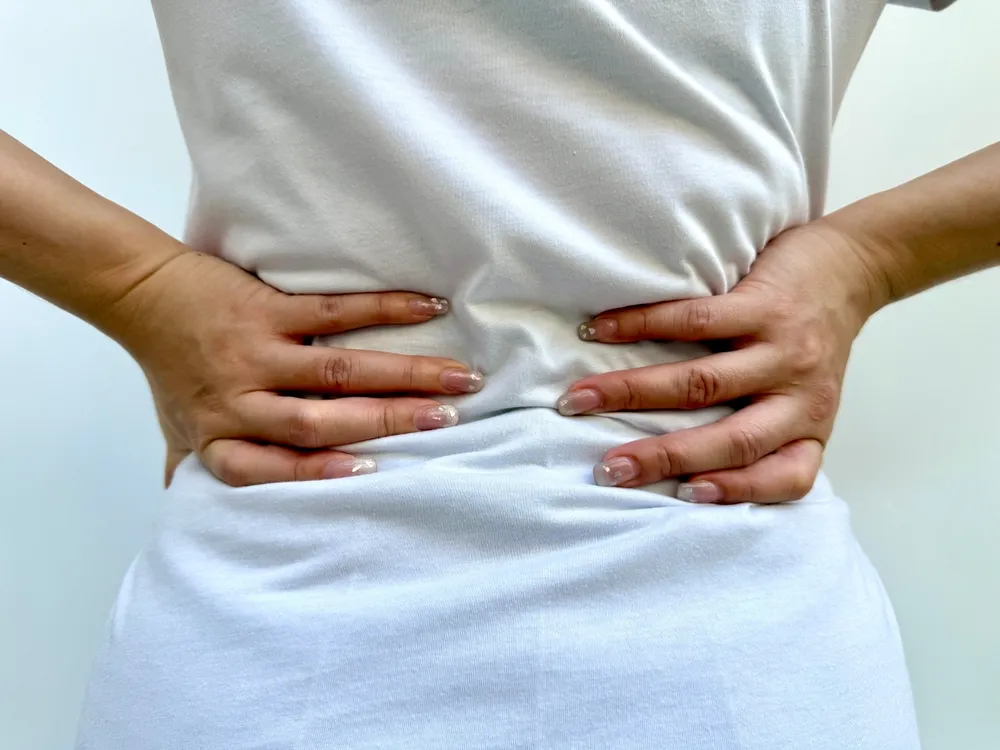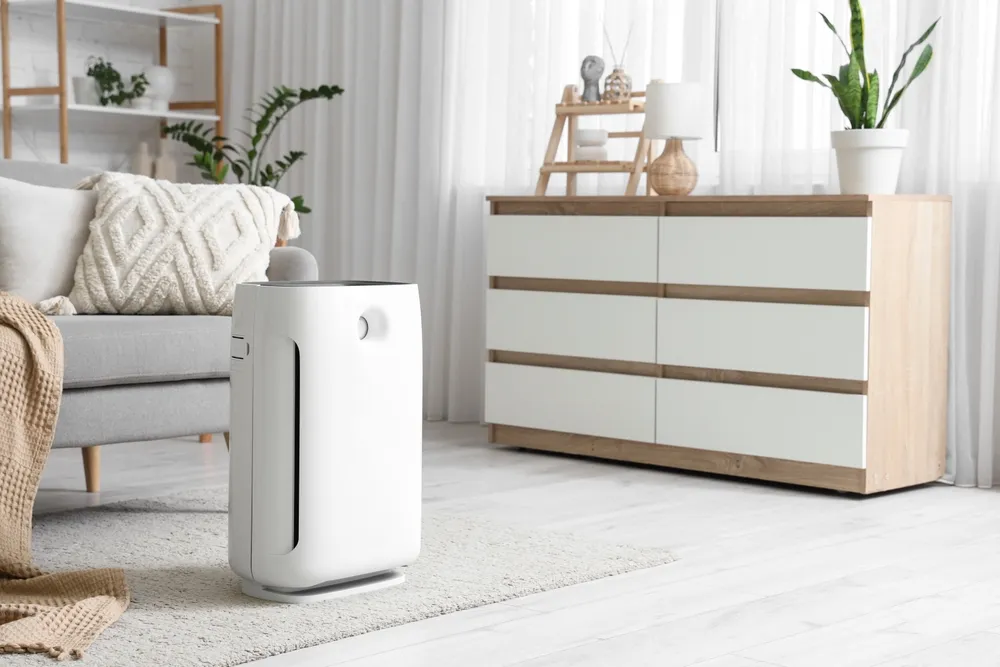Combining yoga with massage is a powerful way to support holistic well-being. Both practices are rooted in the desire to balance the mind, body, and spirit, with each offering distinct yet complementary benefits.
While yoga improves flexibility, builds strength, and encourages mindfulness, massage therapy offers targeted relief for muscle tension, stress, and pain. Together, these practices create a synergy that elevates health and wellness, transforming each session into a deeply rejuvenating experience.
In this comprehensive guide, we’ll explore how yoga and massage work together to promote a balanced lifestyle, discussing the shared benefits, the preparatory role of yoga before a massage, and the advantages of using massage therapy to complement yoga.
The Shared Benefits of Massage Therapy and Yoga
Both yoga and massage therapy have extensive health benefits, and combining them amplifies these effects. Here’s why they make an ideal pairing.
Stress Reduction
Stress is one of the most common reasons people turn to yoga and massage therapy. Yoga’s mindful breathing exercises help soothe the mind, creating a sense of calm, while massage therapy targets muscular tension, allowing for a state of relaxation that can counteract the adverse effects of chronic stress and alleviate headaches.
Improved Flexibility and Mobility
Yoga involves postures that improve flexibility and strength. Massage therapy works on specific areas, relieving tightness and increasing range of motion.
Together, they offer increased flexibility and a more fluid range of movement, making everyday activities easier and reducing injury risk.
Improved Mind-Body Awareness
Yoga encourages a connection with your breath and body movements, encouraging mindfulness. Meanwhile, massage therapy promotes an understanding of how muscles respond to touch, pressure, and tension.
Combined, these practices strengthen the mind-body connection, improving focus and presence.
Pain Relief and Management
Many individuals use yoga and massage to manage pain, especially from muscle tension or stiffness. Yoga’s gentle stretches help ease discomfort, while massage techniques release muscle knots and adhesions, providing relief that improves quality of life.
Increased Circulation
Both yoga postures and massage techniques stimulate blood flow, which aids in cellular recovery, reduces soreness, and promotes rejuvenation after each session. Improved circulation has long-term benefits for physical health, including faster recovery and greater energy.
By blending yoga with massage, individuals can experience these core benefits in a more impactful way, maximising the effectiveness of each session and supporting an overall healthier lifestyle.
Types of Massages That Complement Yoga
For yoga practitioners, incorporating massage into a wellness routine can improve flexibility, relieve muscle tension, and improve overall body alignment. Different types of massages offer unique benefits, each complementing yoga practice in specific ways.
Swedish Massage: Relaxation and Recovery
Swedish Massage is ideal for relaxation and recovery. With its long, gentle strokes, it helps ease tension and increase circulation, making it perfect for those who engage in regular yoga sessions and want to unwind or destress.
This massage type is particularly beneficial for beginners, as it’s generally soothing and not too intense.
Deep Tissue Massage: Targeted Muscle Relief
Deep Tissue Massage targets the deeper layers of muscle and connective tissue, working out chronic tension and knots that may build up from intensive yoga practices. It’s ideal for those engaged in strength-focused yoga styles, as it can aid in muscle recovery and support flexibility over time. However, it’s more intense, so it’s best scheduled on rest days.
Thai Massage: Assisted Stretching and Flexibility
Thai massage and yoga, often referred to as “lazy man’s yoga,” involves assisted stretches and pressure applied along energy lines. It’s excellent for yoga practitioners as it mirrors many yoga postures, helping improve flexibility and release muscle stiffness.
Thai massage and yoga are particularly beneficial after dynamic yoga sessions, such as Vinyasa or Ashtanga.
These styles offer varied benefits depending on your yoga routine and recovery needs. Selecting the right massage can deepen the synergy between yoga and massage, providing a balanced approach to physical and mental well-being.
How Yoga Prepares the Body for Massage Therapy
Engaging in yoga before a massage is a fantastic way to prime the body, making the massage session more comfortable and effective. Here’s how yoga helps:
- Warming Up Muscles: Yoga warms up and gently stretches muscles, making it easier for a massage therapist to work on deeper layers of tissue without discomfort. This pre-warm-up phase can make the experience more enjoyable and productive.
- Increased Body Awareness: Regular yoga practice encourages awareness of body alignment and tension areas. This self-awareness helps you better communicate your needs to your massage therapist, allowing for a more targeted and tailored session.
- Controlled Breathing for Relaxation: Breath control, or pranayama, is a cornerstone of yoga. Controlled breathing helps you relax deeply, reducing muscle resistance during the massage and making the entire experience smoother and more effective.
By practising yoga before massage therapy, you set the stage for a more impactful session. This approach not only improves your massage experience but also brings a heightened sense of relaxation and readiness, preparing both mind and body to receive the benefits of massage therapy.
How Massage Therapy Complements Yoga Practice
Massage therapy can significantly support and even improve your yoga practice. Here are some ways massage can complement and amplify the benefits of yoga:
- Muscle Recovery: Regular yoga practitioners may experience muscle soreness, especially after intensive sessions. Massage alleviates this soreness, enabling yogis to continue their practice without being interrupted by pain.
- Injury Prevention: By releasing muscle tightness, massage therapy helps prevent injuries during yoga practice. Tight muscles are more prone to strain, but regular massage keeps them supple and resilient.
- Improved Flexibility: Massage works on the fascia (connective tissue around muscles) and softens stiff muscles, which can aid in reaching deeper postures during yoga sessions. Many practitioners find that massage therapy increases flexibility over time, improving the long-term benefits of yoga.
Mental and Emotional Benefits of Yoga with Massage
While the physical benefits are significant, the combination of yoga and massage also brings profound mental and emotional advantages, creating a holistic approach that nurtures both the mind and emotions.
- Profound Relaxation: Practising yoga followed by a massage offers a deeply relaxing experience. Yoga centres the mind, while massage therapy releases both physical and emotional tension, leading to a complete sense of calm and balance.
- Improved Mindfulness and Focus: Yoga encourages mindfulness through breath control and movement. Massage therapy improves this focus by helping you remain present in the body. Together, they foster a sense of clarity and calm, helping to alleviate anxiety.
- Anxiety and Stress Relief: Many people hold emotional stress in their bodies, and yoga and massage help release this stored tension, promoting mental calm and balance. The combined practices contribute to a deeper sense of well-being, making it easier to manage stress and anxiety.
Physical Benefits of Integrating Yoga and Massage Therapy
For individuals focused on optimising their physical health, the combination of yoga with massage therapy offers numerous advantages.
- Improved Posture and Alignment: Yoga strengthens core muscles, which play a vital role in maintaining good posture. Meanwhile, massage therapy addresses any muscular imbalances, helping to realign the body over time and prevent postural issues.
- Joint Health and Mobility: Both yoga and massage support joint health, reducing stiffness and promoting a wide range of motion. This can be especially helpful for people with arthritis or joint pain, as it keeps the joints supple and strong.
- Reduced Inflammation: Regular practice of yoga and massage therapy can reduce inflammation in the body, which is beneficial for long-term physical health. Lower inflammation markers are associated with reduced risk of chronic illnesses and better overall vitality.
- Improved Muscle Tone: Yoga focuses on building lean muscle, while massage helps release toxins from muscles, improving tone and promoting muscle health. This combination supports physical strength and muscle recovery, making it ideal for those seeking a balanced approach to fitness.
Choosing the Right Products for At-Home Yoga and Massage
Creating a tranquil at-home yoga and massage space can significantly improve your wellness routine. The right products not only make these practices more effective but also add comfort and ease to each session.
Yoga Mats
A high-quality yoga mat is essential. Look for a mat that’s durable, non-slip, and offers enough cushioning to support your joints during poses.
Mats made from eco-friendly materials like natural rubber or cork are excellent options, as they provide grip without compromising on sustainability.
Yoga Blocks and Straps
Yoga blocks and straps are invaluable tools for both beginners and seasoned practitioners. Blocks help you achieve better alignment in poses, providing stability and reducing strain.
Straps allow you to deepen stretches safely, making them particularly useful for flexibility training.
At-Home Massagers
For the massage component, consider an at-home massager that suits your needs. A handheld massager or foam roller can be great for targeting specific areas, while an electric massager or massage cushion provides broader muscle relief.
For a truly immersive experience, massage chairs offer a full-body massage, making them ideal for relaxation after an intense yoga session.
Essential Oils and Relaxation Aids
Incorporate essential oils like lavender or eucalyptus into your routine to create a calming atmosphere. A humidifier or diffuser can fill the room with soothing scents, adding to the overall relaxation and helping you unwind.
These tools can elevate your at-home wellness routine, making yoga and massage more accessible and enjoyable.
Tips for Incorporating Yoga and Massage into Your Wellness Routine
For those interested in incorporating yoga before and after massage therapy in their wellness routine, here are some practical tips to help make the most of these complementary practices:
- Find the Right Balance: Start with a balanced schedule that includes both yoga and massage. You might find it helpful to practise yoga before a massage to warm up the muscles, but listen to your body and adjust as needed.
- Create a Regular Routine: Try to integrate yoga into your daily routine, with massage therapy scheduled monthly. This steady rhythm allows your body to reap the benefits of both practices without overloading it.
- Listen to Your Body: Pay attention to how your body responds to each practice. Adjust the frequency and intensity of both yoga and massage sessions based on your personal wellness goals, ensuring adequate time for rest and recovery.
Elevate Your Wellness with Yoga and Massage
Combining yoga with massage creates a holistic wellness approach that caters to the body, mind, and spirit.
Together, these practices offer numerous physical, mental, and emotional benefits, from improved flexibility and reduced stress to a more profound sense of relaxation and mindfulness.
By integrating yoga and massage therapy into your routine, you can cultivate a balanced lifestyle that supports overall health and well-being.
Ready to Experience the Power of Yoga with Massage?
Explore OSIM’s range of premium yoga with massage products designed to elevate your wellness journey. From portable massagers to advanced massage chairs, discover solutions tailored to help you achieve a harmonious balance of mind, body, and spirit.




